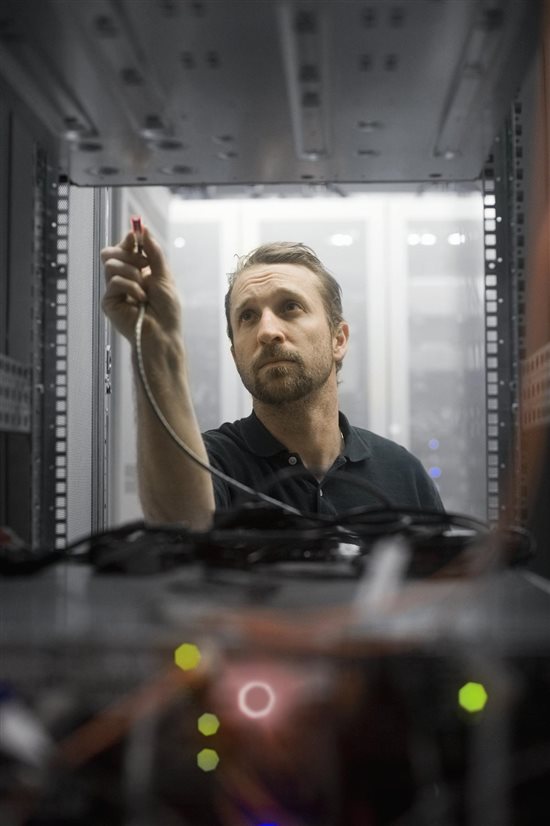All costs matter. But hidden costs can matter even more. Why? Because they can undermine an otherwise seemingly healthy P&L and balance sheet — if not now, then in the future.
Hidden costs can take many forms. They can be ones that are overlooked or ignored. But one thing’s for sure: eventually they must be addressed. Such is the case with outdated IT infrastructure. And, in today’s world of fast-paced technological advances, doing nothing is not an option if an organization expects to keep pace with its competitors.
Hidden costs of outdated IT infrastructure — a closer look
Looking at the issue of outdated IT infrastructure from a strictly financial standpoint, the cost of any hardware that’s more than five years old may be fully depreciated, so its only expense is operating it, or OPEX.
But often that OPEX can outweigh the capital expense that new IT infrastructure entails. According to a leading IT market researcher, the many advancements of hardware architectures and components in recent years have led to dramatic improvements in performance, consolidation, space savings, management efficiency and reliability.
Given these improvements, it’s estimated that, compared to organizations with up-to-date hardware, those with older hardware could be:
- Losing up to 39 percent of their peak operational performance
- Incurring up to 40 percent more in application management costs
- Suffering up to 148 percent more in server administration costs
Now, contrast these hidden hard costs with hidden opportunity costs. Take, for example, organizations that could have their IT staffs working on innovative services to generate new revenue and improve competitiveness instead of babysitting infrastructure. Or, consider those businesses that can respond faster to market trends by developing and deploying new applications much more quickly. Either way can help make them winners.
Six ways upgraded IT infrastructure can benefit organizations
Today’s hardware can be architected in many different ways, using a variety of hardware designs and combinations of software, flash drives and memory to maximize application performance. Based on benchmark performance research conducted for Dell, the following are the kinds of improvements that can be expected by upgrading hardware that’s five years or older:
- Performance: 18x the performance in same amount of rack space
- Optimization: 10x the IOPS with SSD flash storage
- Consolidation: 16x reduction in space, power and cooling costs, due to greater hardware densities, with further reduction in IT staff time requirements
- Management: 92 percent less IT staff time spent doing manual software updates, thanks to simplified and automated server lifecycle management tools
- Reliability: More uptime via better design, engineering and manufacturing — plus proactive alerts with remote diagnostics and remediation capabilities not previously available
- Service: Reduced maintenance and spare parts costs due to aging and expiring warranties
Read a success story example here
Source: IDC white paper sponsored by Dell: “Why Upgrade Your Server Infrastructure Now?” July 2016
